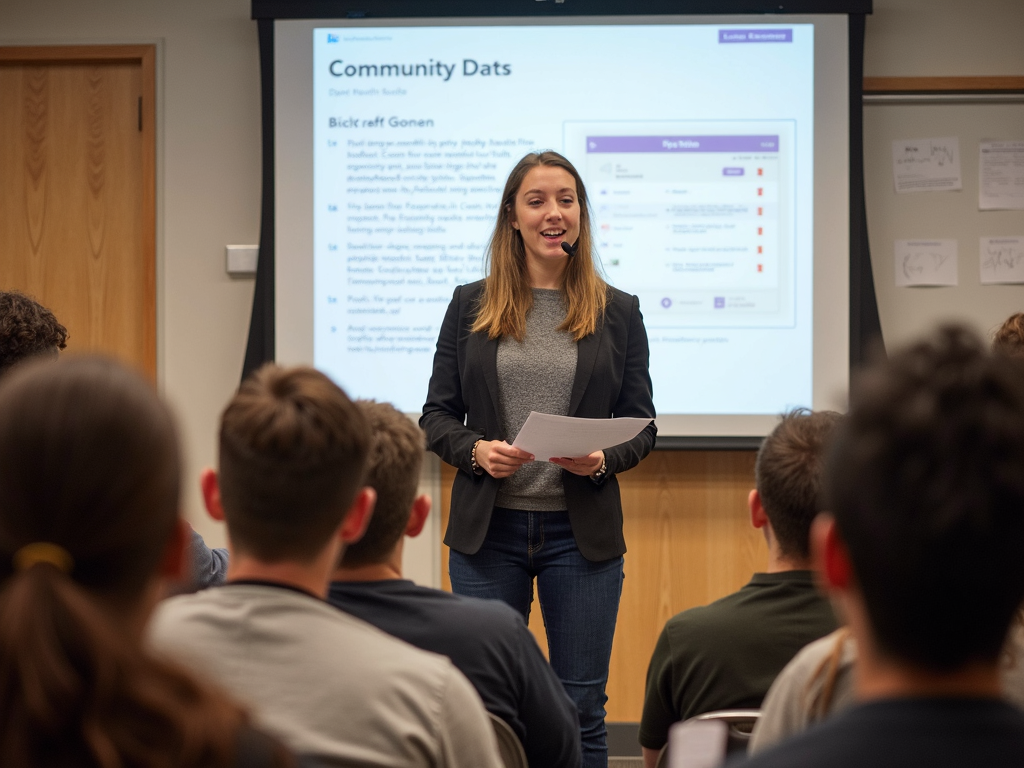Why Service Learning Beats Regular Volunteering
By , July 1, 2025
Service learning is a powerful educational approach that combines community service with academic learning. Unlike regular volunteering, which focuses solely on service, service learning integrates service with instruction and reflection. This approach not only enhances students' understanding of course material but also fosters personal growth and strengthens communities.
What is Service Learning?
Service learning is an experiential education methodology where students participate in service projects that address pressing community needs. This practice not only fulfills community service requirements but also intertwines academic coursework, allowing students to apply their lessons in real-world contexts. In contrast, regular volunteering often lacks this educational integration, focusing primarily on the act of service without the academic reflection that enhances learning.

Educational Benefits of Service Learning
Improved Academic Performance
Research shows that students engaged in service learning experience improved academic performance due to the practical application of classroom lessons. By participating in real-world projects, they develop a deeper understanding of the subject matter.
Enhanced Civic Engagement
Service learning cultivates a sense of social responsibility and community involvement, encouraging students to become more engaged citizens. Through reflection on their experiences, they recognize the importance of civic involvement and develop lifelong habits of engagement.
Personal Development
The skills gained through service learning—such as problem-solving, teamwork, and communication—are invaluable in both academic and professional settings.
Key Benefits of Service Learning: - Enhances understanding of academic concepts - Encourages personal growth - Fosters a sense of community responsibility - Develops skills relevant to the workplace - Creates a network of engaged citizens
Sharing Personal Insights
In my own experience facilitating a literacy fair, I witnessed firsthand how service learning engages students more deeply than traditional volunteering. The students not only organized the event but also interacted with community members, developed leadership skills, and reflected on the impact of literacy in our community. This hands-on experience enriched their understanding and fostered personal development.

Community Impact
Service learning leads to sustainable community benefits beyond the immediate effects of volunteer work. By addressing real community needs and integrating proper reflection, students contribute to solutions that are effective and meaningful. For instance, projects focusing on education or health can create lasting impacts well beyond the duration of the service.
Service Learning Opportunities in Local Communities
Many organizations offer service learning projects that can be found in local communities. Some examples include: - Community gardens that promote sustainable gardening practices. - Tutoring programs that help local students improve their academic skills. - Health outreach initiatives focusing on preventive care and health education to underserved populations.

Summary
In conclusion, service learning provides a more enriching experience for students than regular volunteering. It combines community service with academic learning, resulting in improved educational outcomes, personal growth, and a stronger community impact. By integrating reflection and meaningful service, students not only help others but also invest in their own learning journey.
Recommended Readings
For those interested in further exploring service learning, the following articles offer valuable insights:
1. The Benefits of Service Learning
2. Integrating Service Learning into Higher Education
3. Service Learning Resources for Educators
4. Impact of Service Learning on Student Engagement
5. Which Type of Service Learning is Right for You?